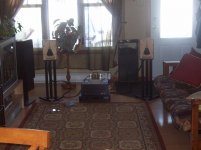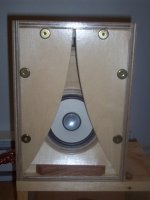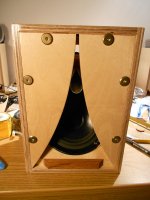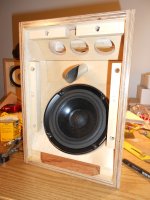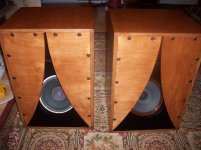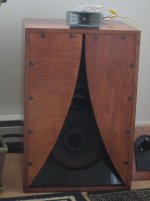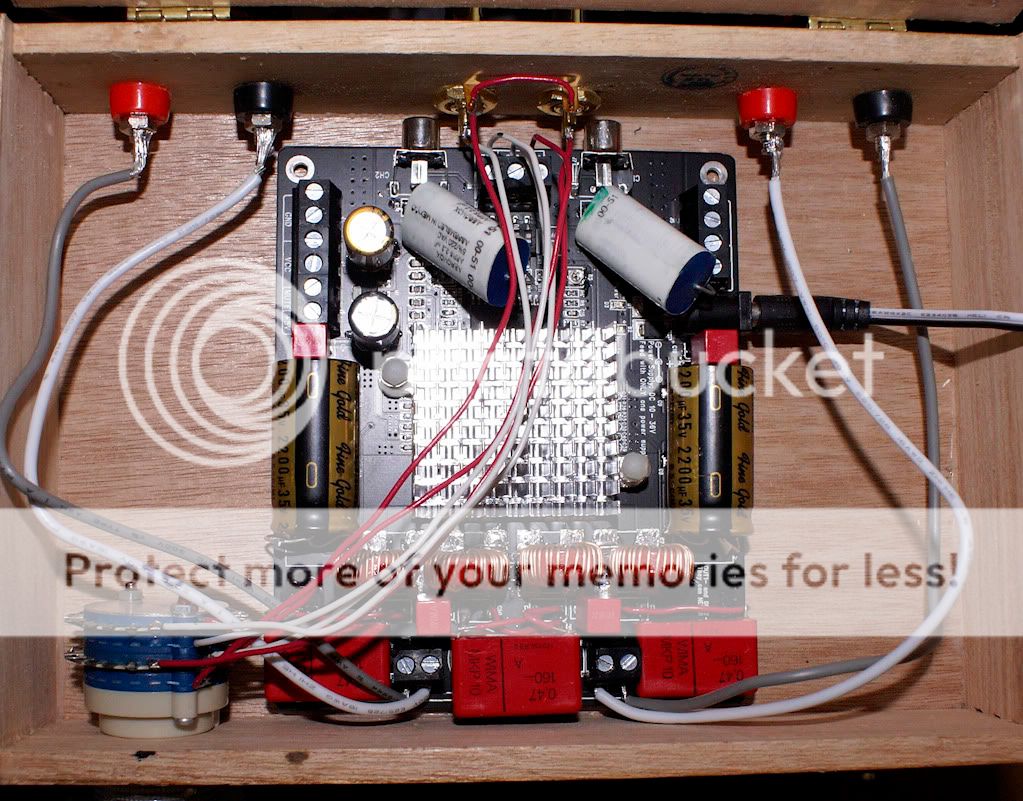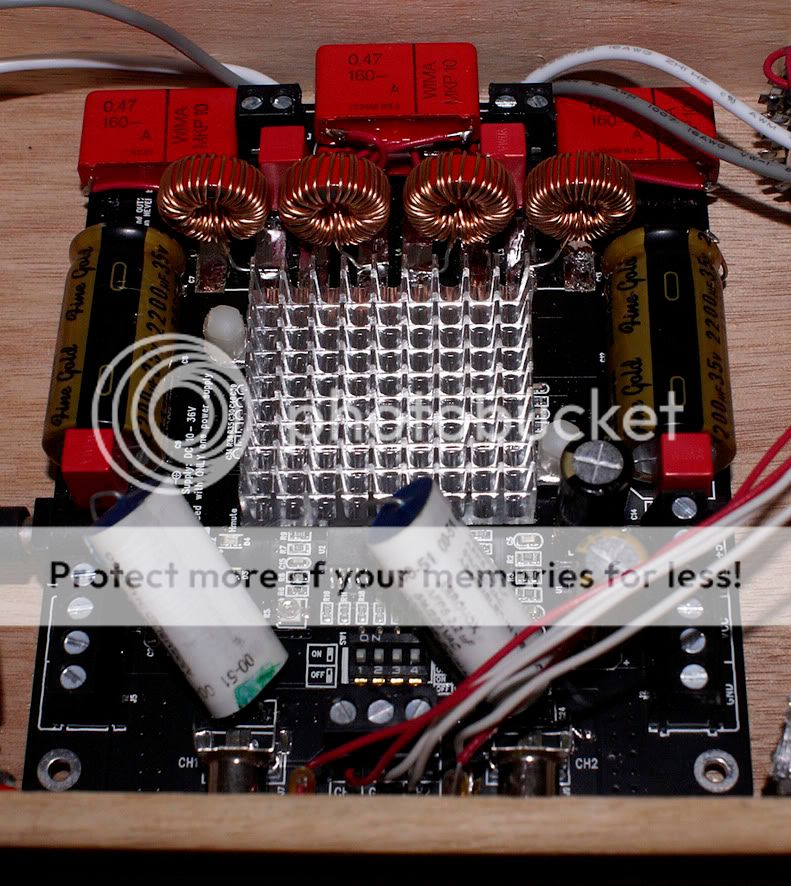I bought this nice china made amp
It sounds nice and has some power, I believe this is the make and mode / info
REISONG Boyuu A9 EL34 single-ended pure class A tube amplifier EL34Bx2 6N9Px2 5Z3PJx1 D version
I’d like to know what tubes a can roll in it, does it self bias or do I have to do that and if so, how. Here’s some more specs
Specifications:
Output Power: 12W * 2 (ultra-linear connection).
Frequency Response: 20Hz - 28KHz.
Output impedance: 4ohm, 8ohm
Total Harmonic Distortion: ≤ 1% (1kHz).
Input Sensitivity: 750MV.
Input impedance: 100KΩ (two input signals)
Dimensions (W × D × H): 310 × 220 × 160mm.
SNR: 88dB.
voltage amplification tube: 6N9PJ × 2.
power output tube: Shuguang EL34B × 2.
rectifier tube: 5Z3PJ × 1.
Power Transformers: new imported 0.35, stacked thick 60MM (96-60).
Output transformer core: 0.35 new imported audio-specific piece
Output Block: high-end export-oriented base
Power Supply Voltage: AC 100V - 240V / 50Hz-60Hz (100V, 110V, 120V, 230V, 240V version will take 2-7 work days to order), 220V version is in stock.
Package includes: Amplifierx1PC, Power Cordx1PC
A9 technology
Power transformer: The same imported 0.35 iron core, the same neat and beautiful, the same multiple composite vacuum dipping paint.
Chassis: The same sinking design, the same surface without a screw, the same perfect.
Output transformer: high with plate
Power line: Double high voltage full wave tube rectifier 315V+315V, imported iron core for power inductor, dispatch type power supply filter, imported Phillips/ruby power filter.
Amplified line: It adopts the Japanese SUN classic line improvement. Each channel adopts two three-stage tube parallel common-acoustic amplification, featuring high output voltage and large driving current. The sound is full and fast, and the high-pitched sound is smooth and smooth.
A9 materials
Power transformer: using 96-60 large power core design power of 200W, high flux thick silicon steel imported 0.35. Oxygen-free copper enameled wire using domestic manufacturers layered tightly wound, with very low load current characteristic, no vibration, no buzz.
Output transformer: divided into segments of tightly wound, using the Japanese ultra-thin electrically insulating paper of pure wood (thickness of only 0.06MM, withstand voltage 2000V).
Capacitance: Imported hifi capacitors do filtering (Netherlands, Philips, Japan ELNA, Japan Ruby, etc.). Coupling using the Netherlands Philips tonic special grade audio capacitors, transparent sound elegant.
D version:
Power transformer 96-60.
Audio dedicated output transformer (76-40)
Shuguang export type EL34B tube A class output.
The new 6N9PJ is amplified in parallel and the force is twice that of the normal line.
Manual welding.
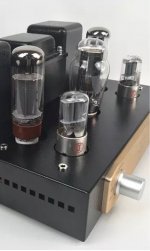 View attachment 1
View attachment 1
View attachment 1
View attachment 1
View attachment 1
View attachment 1
